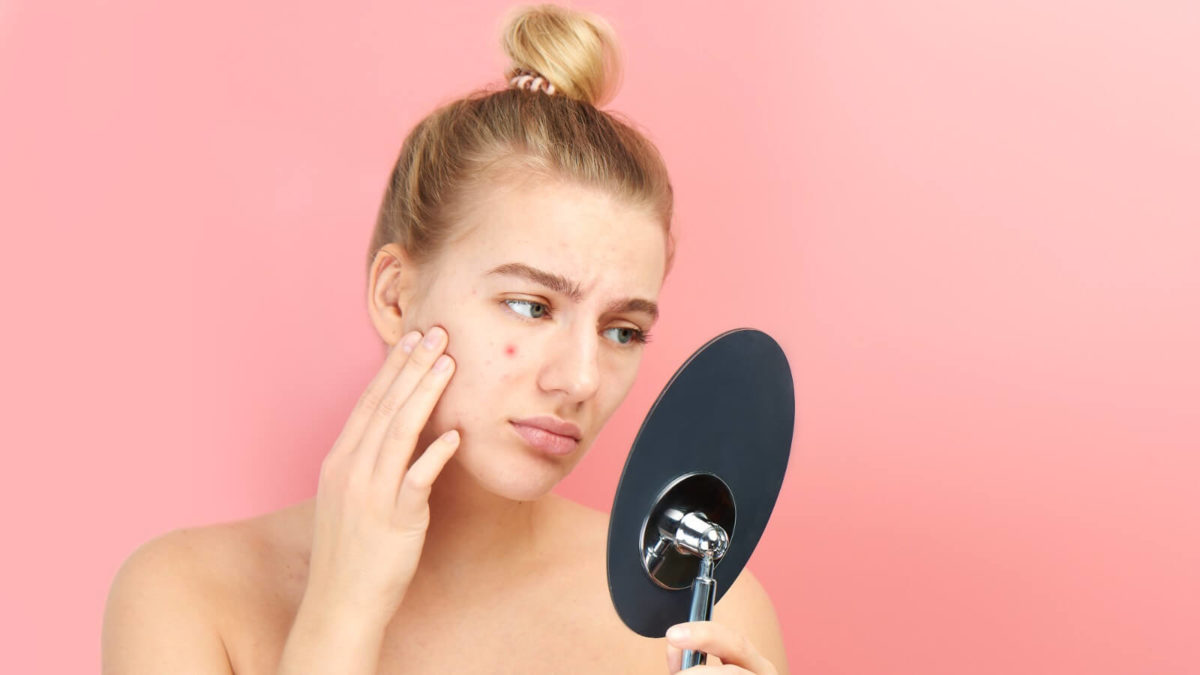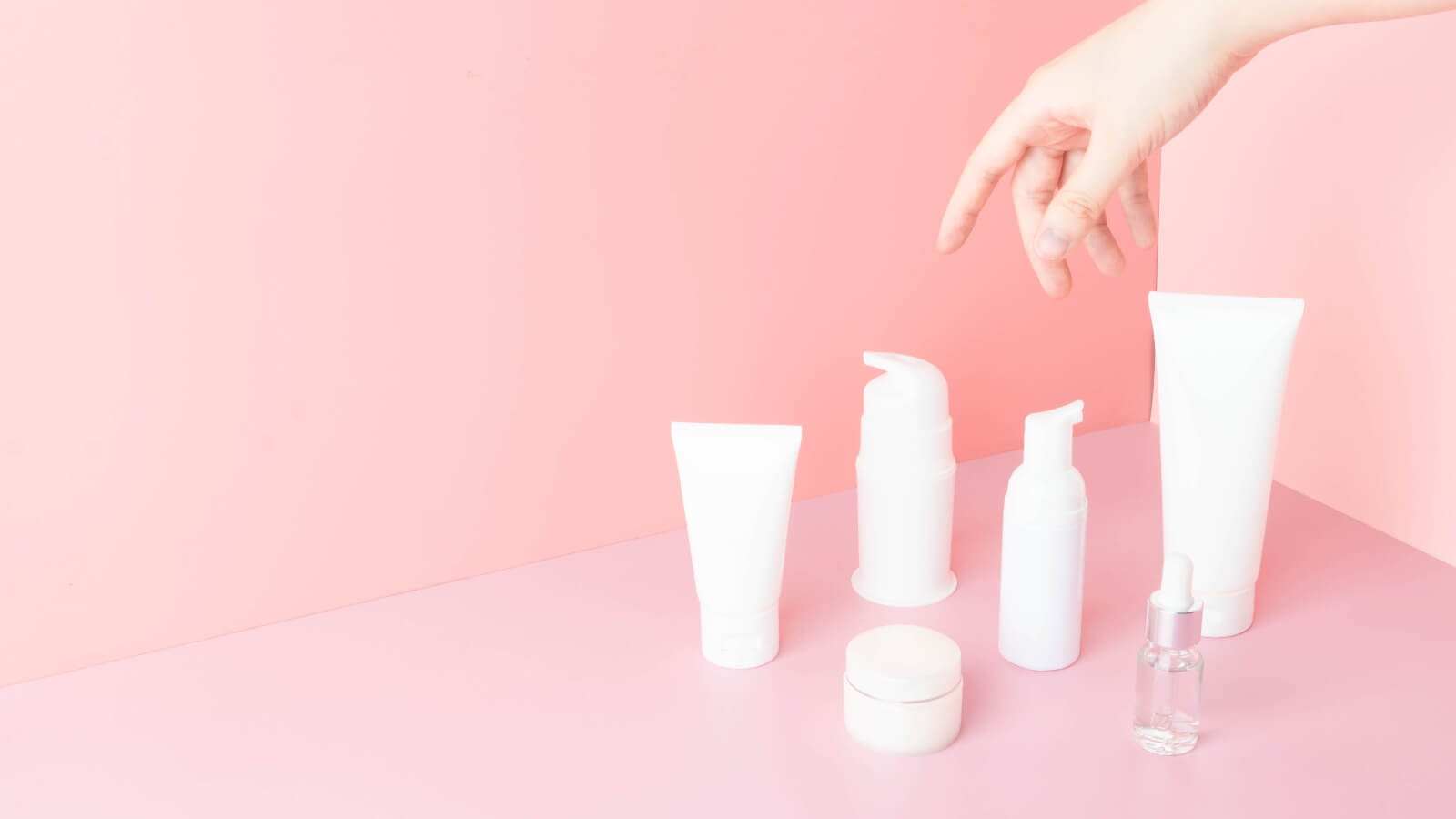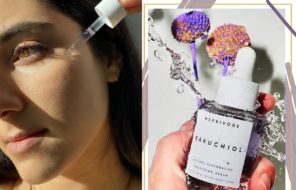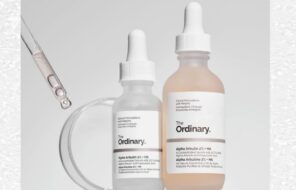Many people begin to develop acne during their teenage years. While some may get lucky with just a few clusters of pimples or blackheads here and there on the face or body, others may experience more. If you happen to be someone prone to breakouts, we’re here to help.
With everything from proactive medications to dermatologist-backed advice available on the internet, the odds of having bad acne long-term are pretty slim. In fact, the odds will shrink even more when you can pinpoint that acne as hormonal (since identifying the cause is step one). So let’s dive into the facts because there’s no need to suffer from acne any longer if you don’t have to, right?
Who gets hormonal acne?
When the word acne comes to mind, people often conjure images of pubescent teenagers coating themselves with cold cream and hoping for the best. This image negates the fact adults also struggle with hormonal acne — and that treatments are an automatic, quick fix. It’s also worth noting that cold cream isn’t always the best move.
For adults, hormonal acne typically appears along the bottom of the face, mainly the jawline and cheeks. It might also pop up on the foreheads of both teens and adults. While no one likes the placement of their acne, it’s helpful to know that all treatments are usually the same, no matter where your acne appears (particularly for hormone-fueled acne).
Why do people get hormonal acne?
The leading cause of hormonal acne is a fluctuation in hormones. As a result, people who were assigned female at birth often struggle most with this type of acne. With the constant fluctuations in hormones, given menstruation, pregnancy, and menopause, cisgender females may notice that acne develops a pattern at specific times every month. Outside of this, increased androgen levels can also cause all people to develop hormonal acne, as androgen produces more oil in the skin.

How is hormonal acne different from other acne?
It’s important to note that acne doesn’t always look like red marks along the skin’s surface. Acne encompasses all the pesky skin care problems we aim to avoid, appearing in various forms, like blackheads, white heads, small pimples, or even cysts. Hormonal acne is slightly different, however, as it often appears more cystic than other types of acne. This means that acne typically forms deep under the skin and can be difficult to treat with topical products.
If you think you might suffer from hormonal acne, you can take a hormone test to confirm whether or not your body experiences fluctuations. Another indicator that your acne is likely hormonal is if you notice that your pimples regularly appear at certain times each month.
How to treat hormonal acne
Acne can make some people feel self-conscious and uncomfortable, but rest assured you’re not alone. If you want to get rid of hormonal acne, many sources will automatically advise you to start birth control or anti-androgen medication to balance your hormones. While this may be helpful in some respects (and can be a good idea if you’re dealing with other hormonal issues), jumping to these more extreme treatment plans shouldn’t be the first place you begin — especially before consulting your doctor.
Create a skincare routine
Where do you begin? The best starting point is finding an effective face wash specifically designed for getting rid of acne. While the wash may not target hormonal acne specifically, it’s a step in the right direction. If the acne persists after a few months, move on to the slightly stronger option of retinoids or, if you also have sensitive skin, a more natural treatment, such as tea tree oil.
Derived from vitamin A, retinoids can be highly effective. Just be careful when adding them into your skincare routine, as they can increase your chance of getting a sunburn. Some dermatologists might also recommend flushing out your pores with benzoyl peroxide to kill any bacteria harbored in the skin. This can be a great way to beat acne — just make sure to talk to a dermatologist before you apply harsh chemicals to your skin.
Consider diet changes
Along with an improved skincare routine, changing up your diet is another treatment plan to test. A direct relationship between hormonal acne and diet isn’t always clear, but many have noticed that eating a balanced diet and consuming more anti-inflammatory foods can increase the clearness of your skin.
A healthy skin diet starts with cutting back on sugar, dairy, and red meats. Milk is often the main culprit, as the artificial hormones given to cows often affect their milk supply. These added hormones can throw off your hormonal balance and contribute to acne in some people.
How to prevent hormonal acne
It’s not possible to prevent acne entirely, but there are steps you can take to reduce the likelihood of its appearance. These steps include changing your diet and implementing a daily skin routine.
When your acne emerges, keep tabs on it to understand when it appears and what might trigger the outbreak. If it’s hormone-based, certain times of the month might be worse for your acne than others. When you become familiar with when your breakouts occur, you can start using tougher skincare ingredients such as retinoids to relieve your acne temporarily and mitigate the chances of future breakouts.
Bottom line
As you start making changes in your life to achieve clearer skin, keep in mind that your acne won’t vanish overnight — it takes time. You likely won’t start noticing changes until about two months after you implement the changes on a regular basis, but continue nourishing yourself and your skin and it’s bound to pay off.





